
The best online fitness resource you'll ever need. We filter out the BS to ensure you meet your health and fitness goals!

The best online fitness resource you'll ever need. We filter out the BS to ensure you meet your health and fitness goals!
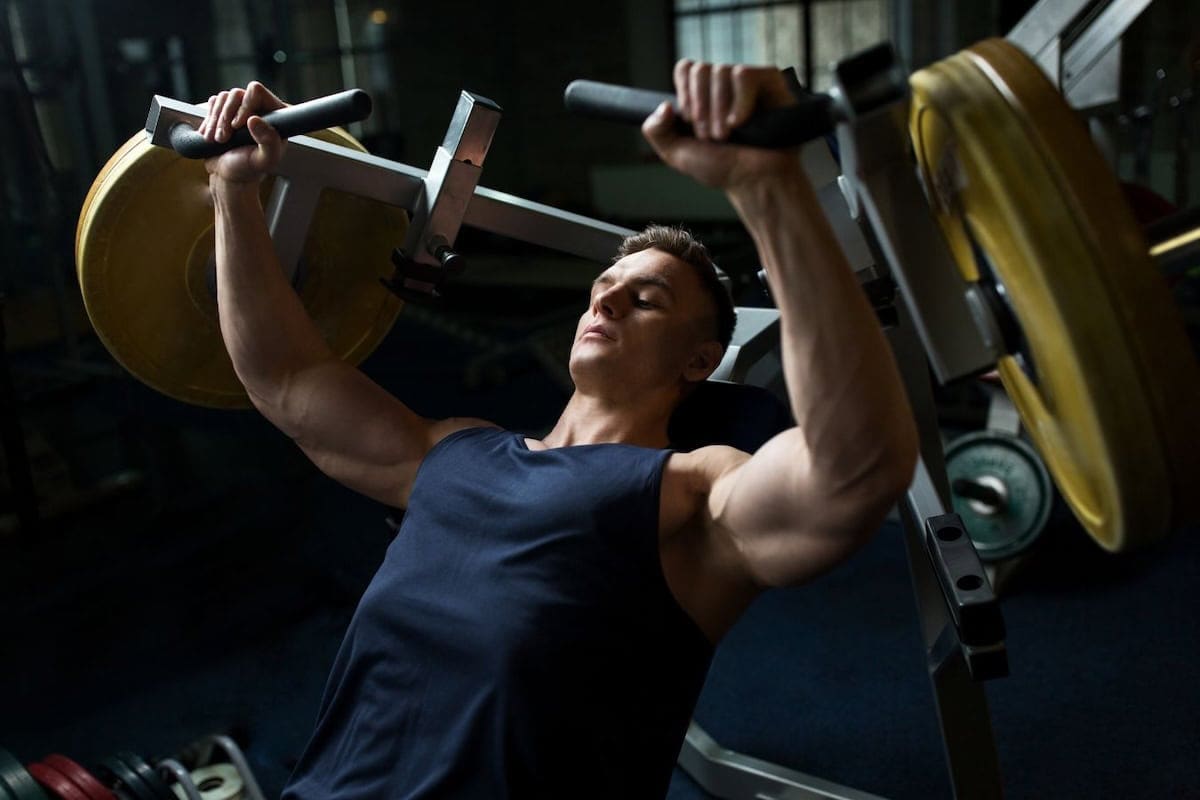
Are you ready to sculpt a powerful chest that commands attention?
Well you’ve come to the right place my friend! Our comprehensive chest workout routine focuses on hypertrophy, aiming to increase chest muscle size through a series of targeted exercises.
You’ll engage in both compound movements, which work multiple muscle groups, and isolation exercises that hone in on the pectorals.
The routine is structured to provide balanced development, ensuring that your chest becomes a standout feature of your physique.
Jump to the workout routine now!
Alternatively, you can download the free PDF version of the routine using the link below:
| Program style | Bodybuilding |
| Workout duration | 1-2 hours |
| Goal | Build chest |
| Level | Beginners to advanced |
| Target Gender | Male and Female |
What follows here is a routine designed to build your chest.
If you’re one of those folks who can bench press comfortably and your chest grows, then rock on. This routine accounts for that. Bench away.
However, this chest routine suggests other equipment choices that probably make better choices to exercise the pecs and anterior deltoids.
Get a big bench and you’ll have a big chest.
Right?
Well, maybe. Actually, probably not.
Bench press has historically been viewed as a necessary exercise for big beefy pecs.
Wasn’t too long ago that bench press was regarded as absolutely necessary to build a monster chest. Not only was bench required, it was required to be trained on Mondays.
If you’re a powerlifter, bench press is a must. It’s a requirement for the sport. And if you play certain sports, like American football, you also need to be good at it because it’s part of the performance testing.
And that’s about all.
Bench press is a very technique and genetics-dependent lift. Not everyone–in fact, very few–have the skeletal foundation suited for bench press.
What’s needed are a deep rib cage with a high sternal angle and relatively short upper arm (humerus) bones.
But anyone can develop bigger, thicker chest muscles. The good news is that you don’t need bench press to do it.
Today, many champion bodybuilders have left bench behind in favor of machines and dumbbells.
Ok, so what I mean by that is it’s specifically designed to build a bigger, thicker, denser, more muscular chest. It is NOT for strength, function, mobility, leanness…none of those things.
All those training objectives are legitimate ones. Any training you do–for it to be truly training and not simply exercise–must have a specific objective and context.
The program you’ll see here is the result of years (as in decades) of experimentation, trial and error, learning from mistakes, learning from others better than me, and reading the peer reviewed exercise science literature.
Now, time for the disclaimer.
A “canned” program like this one is no substitute for working with a qualified coach who knows their stuff. And by “qualified”, I mean someone who’s been there-done that–which alone limits the field a bunch–and NOT someone who attended a weekend certification class.
We all come to the gym with our individual exercise backgrounds, health histories, peculiar anatomical make-ups, and so on.
A program written in Atlanta, GA, like this one–no matter how good it is–can’t be as good as one tailor-made for you. Which is why you need to be really suspicious of anyone who’s trying to sell you some best-of-all-time-jacked-beyond-belief program… because it won’t be.
That being said, read the Program Guidelines below, because wisely applied, those notes can help you adjust to suit your own individual situation.
If you’ve got any questions or differences of opinion about how to grow muscle, drop those in the comments and we’ll answer.
For best possible results, you need a fully-equipped gym.
At a minimum, you’ll need a range of dumbbells, mostly heavy ones that you can lift with good form for 4 to 6 reps. You’ll also need some lighter ones for your warm-up sets, and a solid industrial grade adjustable bench. Repeating myself: this is at the minimum.
If you’re serious about building muscle, join a well-equipped gym, preferably one with serious members who know what they’re doing.
Here’s my list of equipment I look for when I do this routine.
Selectable weight Chest Press Machines: Decline, Incline, and Mid-Chest where you press straight ahead.
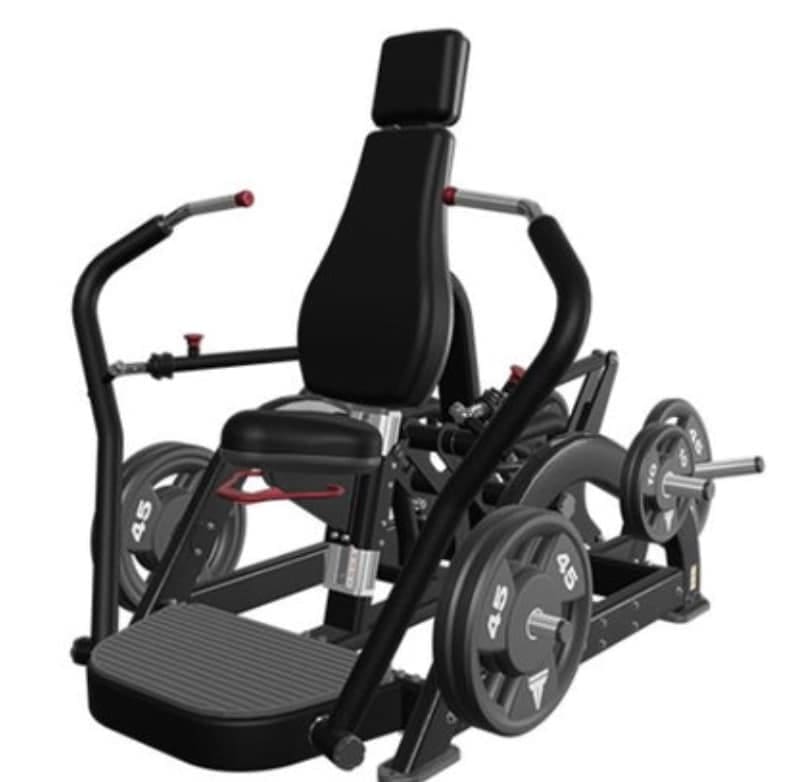
Smith Machine and Adjustable Bench. Smith Machines come in several varieties. Personally, I prefer the ones with the vertical guide rails. They also are made with 7 to 10 degree rail angles, and also a “floating” rail assembly, which has some benefits. If you can find an adjustable bench that allows a decline, awesome.
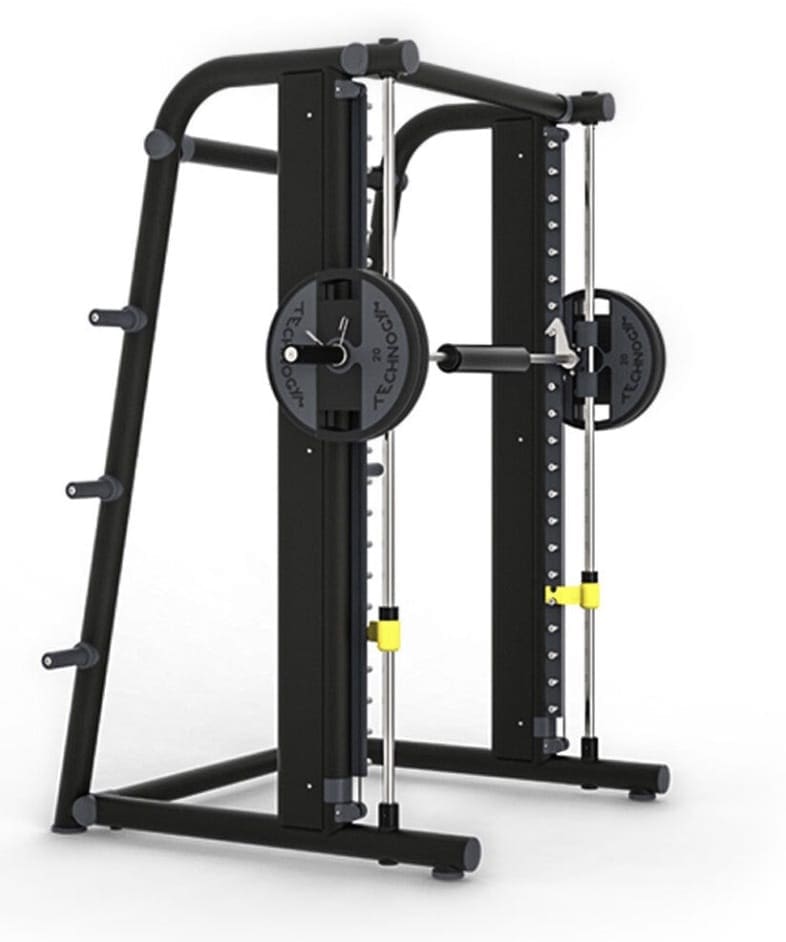
Cable Machine. For broad application, you can’t beat the dual axis (2-arm) adjustable cable station. The lifter can adjust the arms up, down, and side to side…a feature that I find unbeatable with other cable machines.
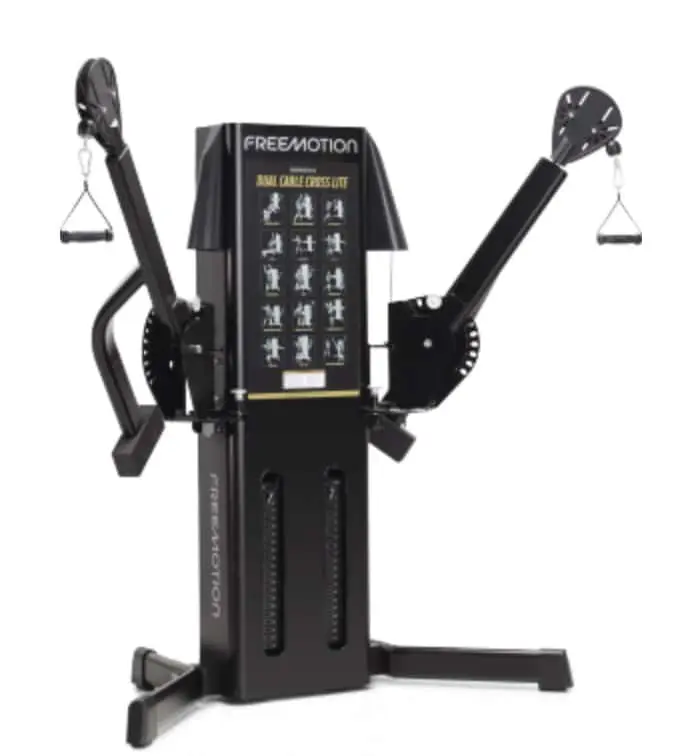
This will come in especially handy for supine side laterals, a variation of side laterals for deltoids where you lie on your back instead of standing or sitting. Much more stable. This is the variation many of the champions use these days because it lets you focus all your energy on the target muscles.
Chest Fly Machine (Pec Deck). It’s a great day when I can train in a gym that has a legit Pec Deck. I’ve found very few that are designed well enough to accommodate my anatomy (very long arms).
I prefer the original, old-fashioned pec decks with the forearm pads over the wide grip versions that are much more common nowadays.
Pec Decks are a fantastic pec builder because they take every other muscle out of the equation, which is precisely what you want in body part training.
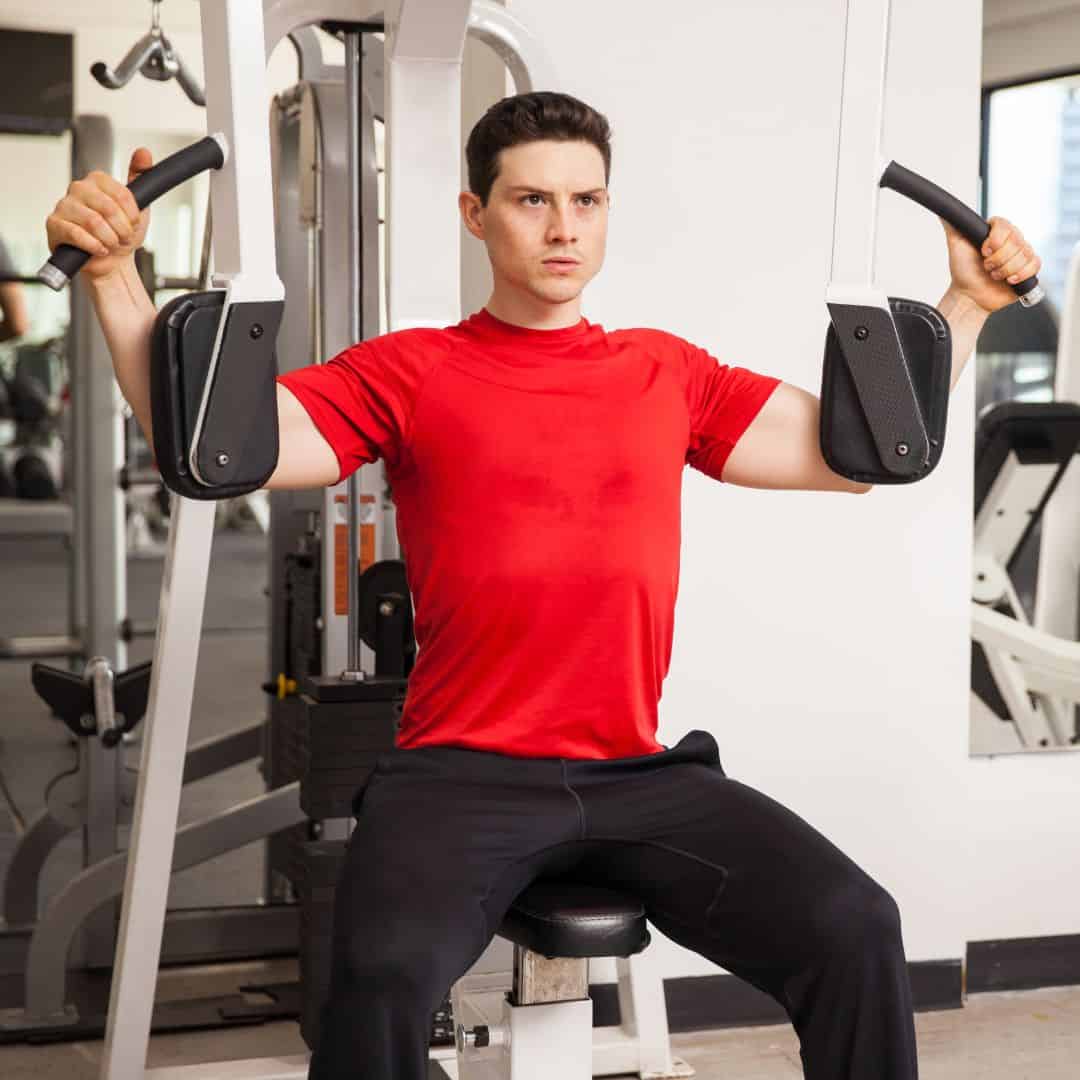
The old style with arm pads are easier to use correctly. This design eliminates the easy mistake of letting the elbows drift out of alignment with the hands and wrists.
Everything from handle, hand, wrist, elbow, and shoulder joint should be in alignment.
As easy as any pec deck machine should be to use, chest flyers performed on one of the newer design machines is exercise that if done incorrectly over time can lead to golfer’s elbow (medial epicondylitis).
Check your form to make sure your elbows are not below the level of your wrists. Elbows should stay directly behind the hands and wrists throughout.
Dumbbells. The routine calls for dumbbells as options for several exercises. I like them for Hammer Curls (you’ll do hammer curls as an accessory exercise to train the muscles around the elbow. Not a chest muscle, but you’ll want lots of stability at that joint so that you’re not focused on it when pressing.)
I also sub dumbbells for cable side laterals when the cable machine is busy, or, when I want to bias certain of the surrounding muscles of the shoulder. Drop questions in the Comments if you want more information about that.
You’ll need dumbbells for Pullovers.
Three points to make about Pullovers:
At one time, the gym lore was that pullovers would expand the rib cage and create a bigger foundation for chest muscles.
This is probably not even a little bit true; however, pullovers do help create good, chest-up posture, and standing up as straight as possible does create the appearance of a more muscular masculine chest.
The equipment you select for your chest workout makes a difference. An exercise that works for your workout bro may not work so well for you.
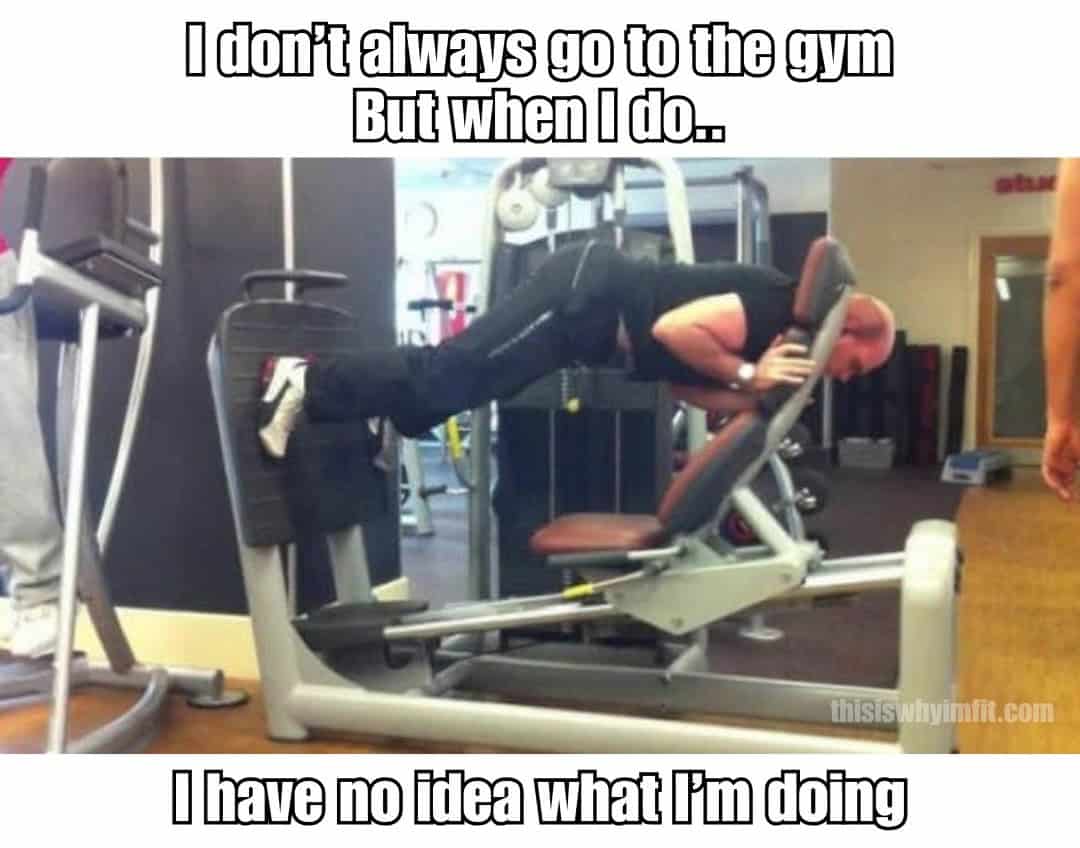
Choose equipment that meets these requirements:
Before we can talk about what makes for an effective chest exercise, we need to first understand what the chest muscles’ job in life is, and where they connect.
Understanding where they connect gives clues as to what they do, because a muscle’s job is always to pull the part that’s farthest away toward the part that’s nearest. Simple, right?
The pectoralis major (the pecs) originate on the sternum (aka the breast bone) and insert (or attach) on the upper arm bone (the humerus).
The pec isn’t like the biceps that pulls in only one direction and in one line. It’s a fan-shaped muscle that has the ability to pull in a variety of lines.
Basically, the pec moves the arm inward toward the body’s midline, but because it’s fan-shaped, it can also move it up and in, down and in, or straight in…and everything in between.
Add the anterior deltoid which often works in cooperation with the pecs, and you’ve got even more directions you can move your arm straight up, but also up and in.
So…
We can conclude that exercises that move the upper arm toward the midline of our bodies–while under resistance–should work the pecs. Exercises that make the arm move above shoulder level will work the anterior deltoids.
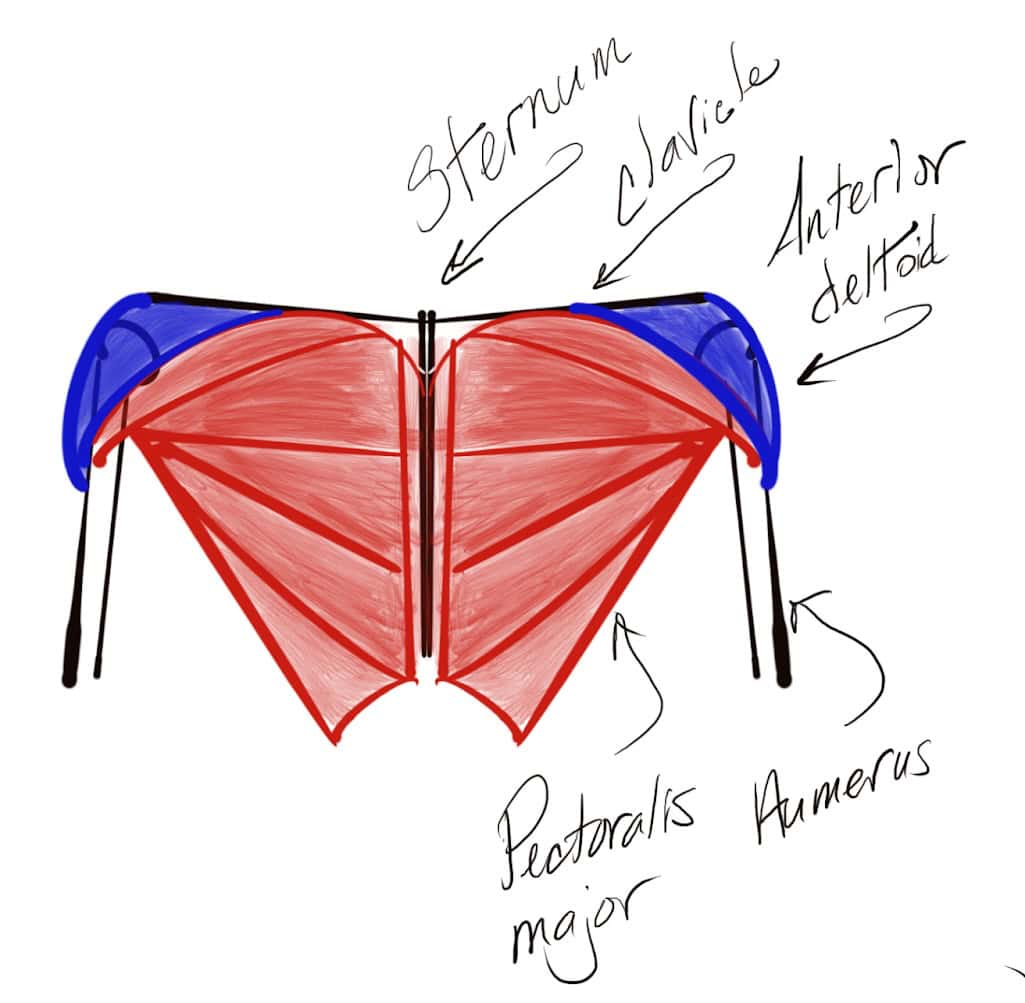
An isolation exercise targets one single muscle, and to do that, we have to move only one joint.
In the case of the pecs, that joint is the shoulder. Now, it gets a little weird, because there are actually three joints in the shoulder: the scapulo-thoracic joint, the acromio-clavicular joint, and the gleno-humeral joint. It’s this last one that we focus on for pecs.
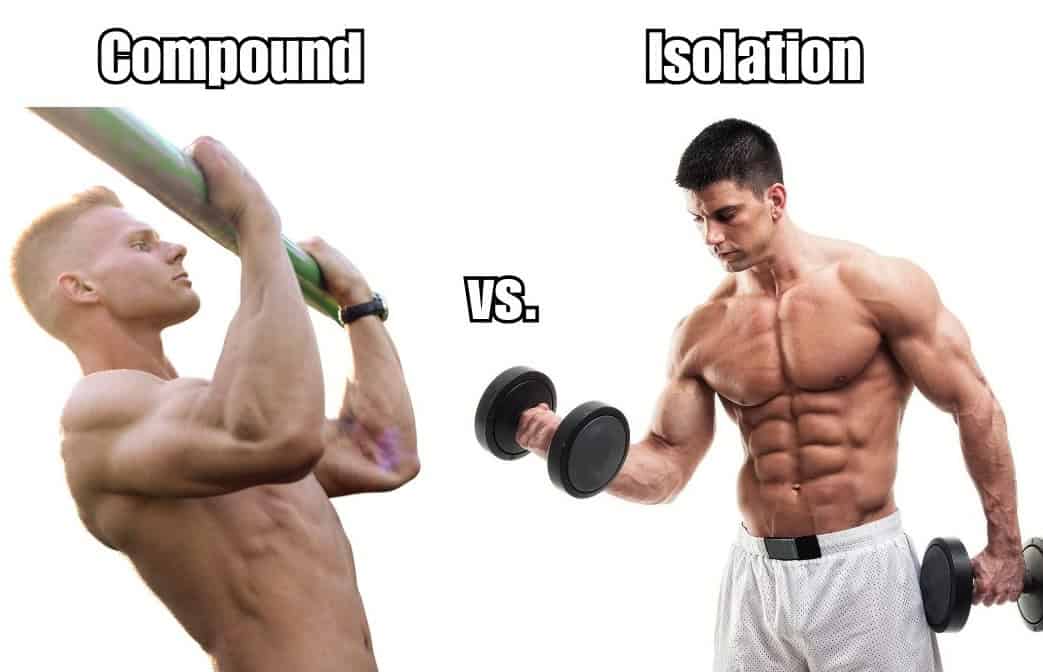
If you do a fly properly, that’s an isolation exercise, because only the shoulder joint works.
If you do a press, well, that involves the elbow too, so that would not be an isolation exercise. And, because the pecs have ZERO ability to move the elbow, you’ve involved other muscles–mainly the triceps–and so the pecs are not doing all the work.
How much? You’d need some sophisticated measuring equipment to figure that out.
The point here is that isolation exercises in theory work to build muscles faster due to focus.
I’m not going to get into any detail around why you’d use a compound exercise instead of an isolation exercise. It’s nuanced. Just know that for this routine, we’ve got both, and for good reasons.
Here’s a brief description of each exercise and why I’ve put them in my program.
Chest press, especially if it’s on a decline, works the pec major in its entirety. If pressed straight away from the body, as with a chest press machine or flat bench, the anterior deltoids are also strongly involved.
As incline increases, the greater the bias toward the anterior deltoids. Chest depth–deep or shallow rib cage–also plays a role. Lifters with deeper rib cages will find that their pecs still do most of the work on an incline, due to the way the pecs lie on the ribs. Arching the back also biases the pecs.
Note: I don’t do these in my program personally for some very specific reasons. They’re in this program because most dudes respond well to them. If you’re like me, and have super-long arms, you may find–like me–that they’re too much when combined with all the other work here.
Same explanation as above. I’ve come to love these–along with the Neutral Grip Shoulder Press below–to focus on my anterior delts and upper chest. Front raises are more specific for anterior delts. I like that these give me the ability to add load. If you understand lever math, you’ll understand why.
Middle delts get some love here too.
These strongly bias the anterior deltoids, and well-developed anterior delts contribute width and depth to the upper chest. Turn your thumbs or palms up to position the anterior delts against gravity. Palms down bias the middle deltoid, even if the arm is held forward. So thumbs up.
Bonus: raising the arm toward the midline will also involve the upper (clavicular) part of the pecs.
This has become my favorite chest exercise. The upper part of my chest has always presented a challenge, so I love this. Works anterior delts and clavicular pecs. The more upright you are, the more you’ll bias the anterior delts over the pecs. After a bunch of experimentation, I’ve settled on about a 60-degree angle.
What’s an arm exercise doing in a chest routine? Reasonable question.
Many of the exercises you’ll do for chest depend on elbow integrity. Working muscles that surround the elbow makes sense.
The same muscles are used for either version, either hammer or palms up. Hammer curls bias the brachio-radialis more than palms up. You can experiment with whichever you prefer. I like a hammer curl with my palm slightly angled up, which splits the difference between them.
Technically speaking, these should be called elbow extensions but triceps extensions are what everyone calls them. Not gonna die on a terminology hill.
Triceps provide integrity to the elbow and are needed for pressing motions. Plus, triceps provide stability to the shoulder joint; the long head originates on the scapula.
Pulling a weight overhead at arms’ length in a lying (supine) position works the sternoclavicular part of the pecs really well. Stop the weight when it gets overhead (in this case, over your face).
I like a diamond grip for these with my thumbs interlocked. For months, this was the only exercise I could do for pecs due to a raging case of biceps tendinitis. They’re a fantastic and under-exploited chest builder.
Chest Flyes are more of a pec isolator than a chest press because the triceps are taken out of the equation. Anterior delts still get a kiss.
The temptation for many lifters to get far too much stretch. The upper arm parallel or just a little lower to the chest is enough. Take them too low and you risk overuse injury to the tendons. These heal very slowly, which means you’ll lose muscle tone and size while they heal. Or, you can keep training like an idiot and wreck your shoulders for good. Your choice.
Lateral raises build middle deltoids, and rounded delts contribute to that full chest almost everyone in the gym covets. Cables beat dumbbells all day long for these. And once you’ve discovered doing cables while lying back on a bench (pulling away from the machine), you’ll never go back to standing. They are killer.
I structured this chest workout to have two distinct routines, as an A-B workout structure. I did that for two reasons:
I like to work my chest twice a week, either as part of an Upper-Lower Split, or a Push-Pull-Legs Split.
So, this routine gives you some flexibility.
If you’re a beginner, you could easily pick out a favorite press and maybe a fly, and grow your chest. You really don’t need anything else until you’ve passed the newbie phase where everything works.
The more advanced lifters will find that they need a few more “tools in the toolbox” to deal with lagging areas in the physique.
Chest comes hard for me and anterior delts are even more of a challenge. I’m getting great results from the incline pressing movements and in particular the neutral grip presses where I can line up the anterior delts against the resistance.
I travel for work, and sometimes, I can’t get in the gym as often as I’d like. The structure here provides some flexibility.
You can do Chest Days A and B during the same week, or staggered so that you do a chest day every 4th day… which is more than once a week and less than twice.
Or…
You can do chest once a week.
If you are training hard enough and getting enough rest, this program will work.
Pay attention to your progress and adjust accordingly. You should be ready to hit the iron hard every workout. If you can’t you may be training too often, or skimping on the rest.
Check out the Program Guidelines below for specifics.
| Exercise | Set 1 | Set 2 | Set 3 | Set 4 |
|---|---|---|---|---|
| Chest Press | 8-10 | 6-8 | 6-8 | 4-6 |
| Incline Chest Press, (45 degree angle bench, or higher) | 8-10 | 6-8 | 6-8 | 4-6 |
| Front Raises, Thumbs Up or Palms Up | 8-10 | 6-8 | 6-8 | 4-6 |
| OR | ||||
| Neutral Grip Shoulder Press | 8-10 | 6-8 | 6-8 | 4-6 |
| Hammer Curls or Palms-up Curls | 8-10 | 6-8 | 6-8 | 4-6 |
| Triceps Extensions | 8-10 | 6-8 | 6-8 | 4-6 |
| Exercise | Set 1 | Set 2 | Set 3 | Set 4 |
|---|---|---|---|---|
| Pullovers | 8-10 | 6-8 | 6-8 | 4-6 |
| High Incline Press | 8-10 | 6-8 | 6-8 | 4-6 |
| Chest Flyes | 8-10 | 6-8 | 6-8 | 4-6 |
| Lateral Raises, Cable or Dumbbell | 8-10 | 6-8 | 6-8 | 4-6 |
| Triceps Extensions | 8-10 | 6-8 | 6-8 | 4-6 |
How you apply the routine makes a difference in your results. Basic overload, intensity and recovery principles are key.
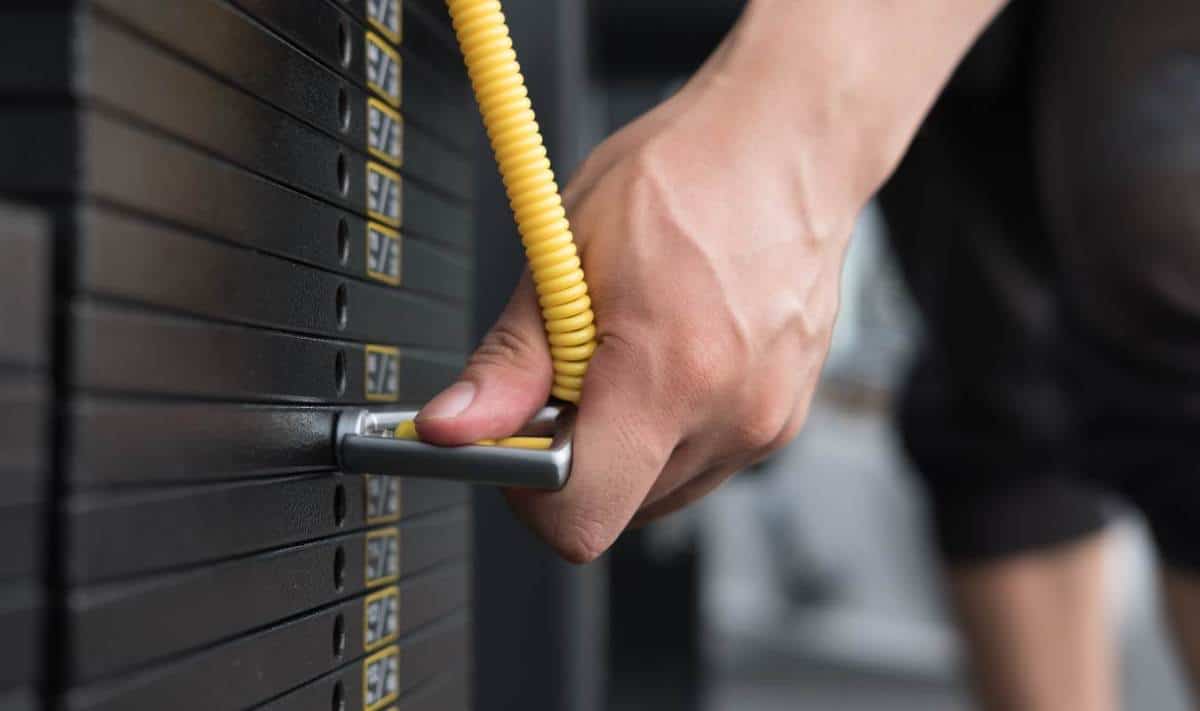
Fortunately for us meatheads, progressive overload is a simple concept. Easy to understand.
Besides being simple, it is liberating. By applying PO and proper recovery, you can continue doing the same exercises and routine almost forever.
Progressive Overload works by increasing the weight or the number of reps once the target reps can be performed with good form.
In our case where we’re striving for muscle size, it’s the weight that should go up and not the reps.
For this routine, the final reps of the last two sets should be very difficult. The last rep of the last set could easily take you 3 to 5 seconds to complete. That’s going to feel like eternity when using a heavy weight. When that final, grinding rep is rep 6 of your final set, raise the weight next workout.
Excellent form must be used at all times.
As you progress through an exercise, the number of reps in reserve will go down as the resistance goes up.
The final 2 sets should be zero to 1 RIR for each exercise. Not a good idea to train to mechanical failure (aka 0 RIR) for every set.
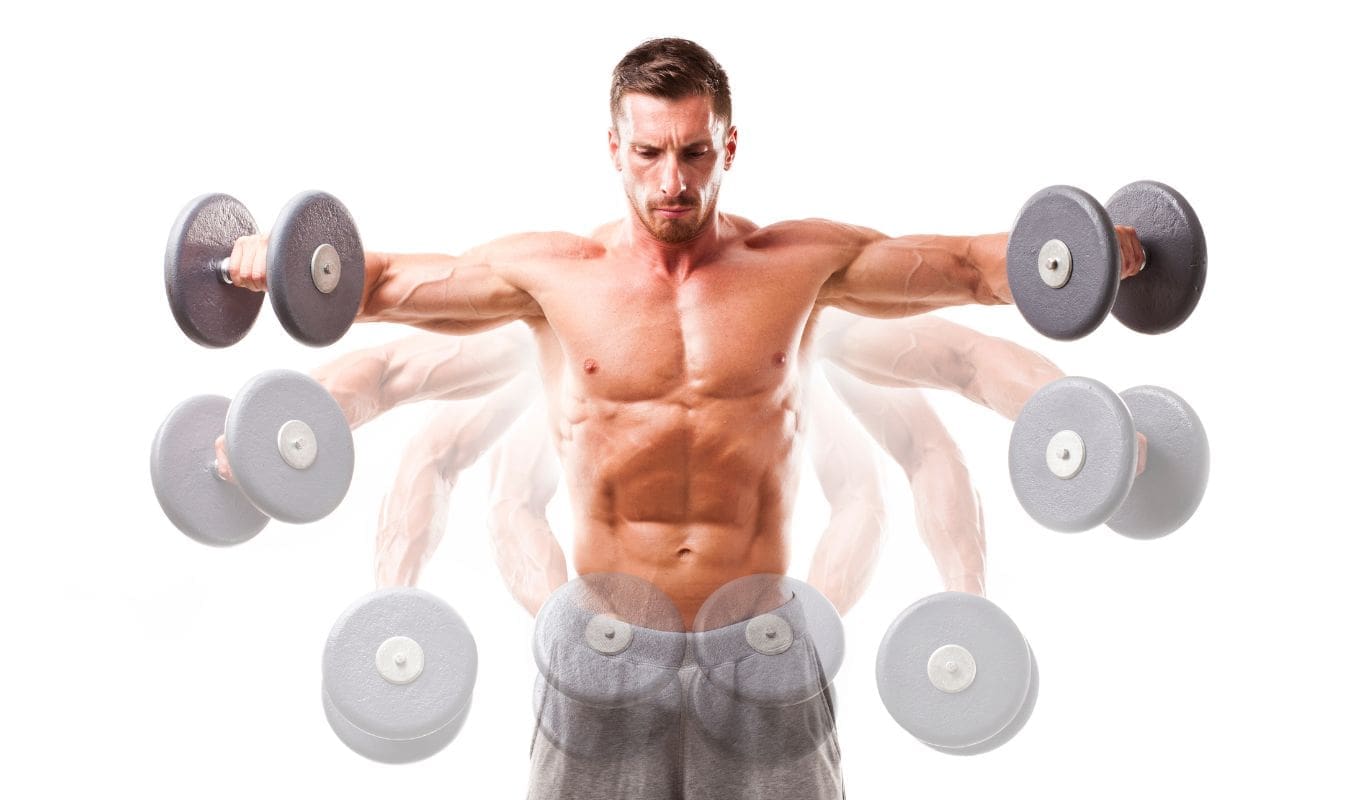
Reps should all be purposeful and rhythmic. No speed reps. No intentionally slow reps.
Weights should be heavy enough that no set will go very quickly, but you don’t need to accentuate the eccentric phase or anything like that. It is a good idea to apply a lot of control on the descent (eccentric) and also to squeeze the muscles at the apex of each rep.

Aim for three minutes between sets for your “working” sets. Shorter rest time following warm-up is alright.
Spend your rest time analyzing the set you just finished. Here are questions I ask myself between every single set.
Then, visualize your next set.
Leave your phone in your locker or bag. If you need to check your phone between sets you have a dopamine addiction. Besides, if you have enough energy to scroll between sets, your last set wasn’t hard enough, and your next set will suck just as badly.
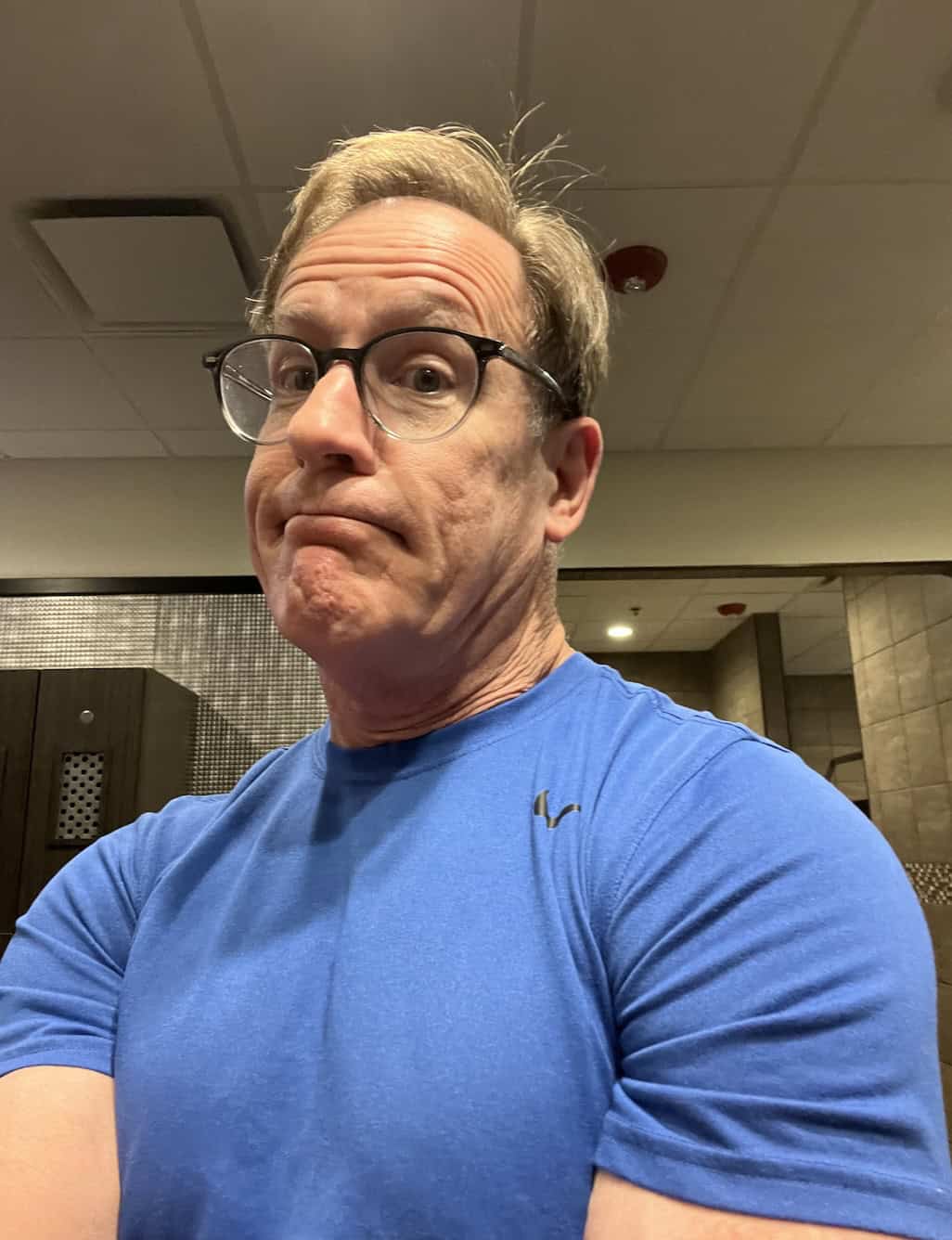
I competed as a powerlifter in my early 20s. I was a pretty good squatter, a great deadlift, but a poor bencher. Bench press came very hard for me, and at the time, I just thought I had a weak chest and shoulders.
My competition best bench was 303 lbs (133k). Not great. I think the guy in my weight class who won the last competition I entered (the Texas State Open) benched in the 540 lb range. Pretty good.
It wasn’t long before I developed shoulder problems that were bad enough to limit what strength I did have.
For years, I tried everything to get my bench press numbers up. Oddly enough, I didn’t really care about the amount of weight.
I cared about building a chest. But I’d bought into the lie that strength meant size and that bench was required for both.
It wasn’t until I got interested in biomechanics that I figured out what was actually going on, and it had to do with math.
Math?
Yes, math. Well, physics actually.
The underlying issue is my shallow rib cage and my long arms and the mechanical disadvantage those two factors create.
Because I have long arms and not a big barrel rib cage, 2 things happen during a barbell bench press:
The lever math goes like this:
My anatomy using SAE units of measure:
The resistance “felt” is 135 lbs.
Now let’s look at a workout partner who has a deeper chest and shorter arms.
My workout partner must exert less than half the effort to lift the same weight!
I wasted literally decades of training time by training bench press in the pursuit of a bigger chest, and got injured in the process.
Understanding the mechanics of the musculo-skeletal system gets really important if you want to optimize your gym time.
Download our Big Chest Workout Routine PDF below:
We write custom programs. If you have specific physique goals–such as “I’d like wider shoulders”, or “I’d like more ‘V’ in my back”–we can write one for you. Reply in the Comments or simply contact us and we’ll get back in touch. First come, first served.